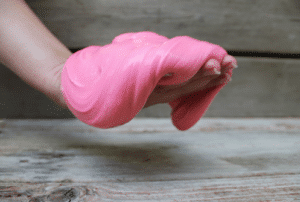“ How is meditation done? ”, “What is meditation for beginners?” are among the most frequently asked questions recently, along with the pandemic. Before answering questions about how meditation is done, it is also very important to have an idea of what meditation is and why it is important. Let’s take a look at what meditation is, why meditation is important for beginners , what are meditation techniques. We tell you what you need to know at the starting point of meditation.
How to meditate?
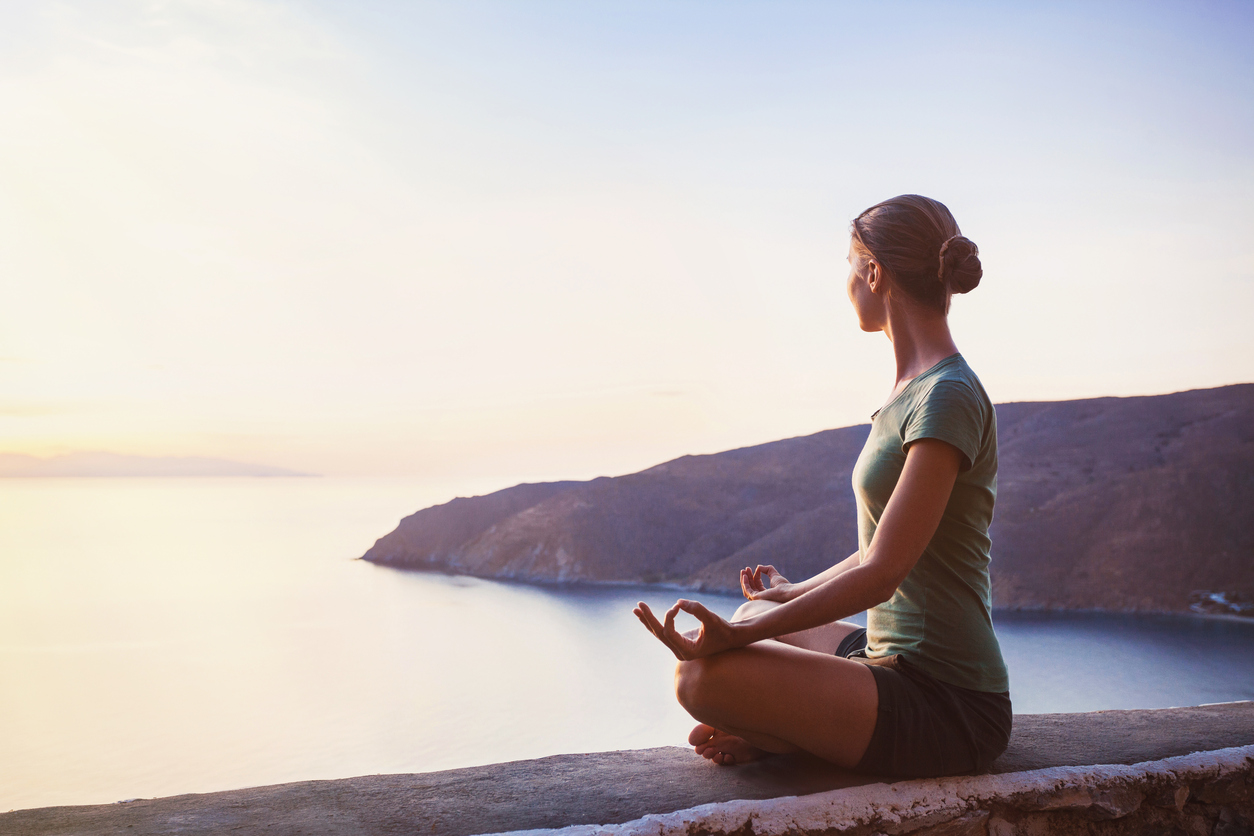
Meditation initial stages
Before we answer the question of how to meditate at home , we need to make a preliminary preparation. Paying attention to the beginning stages of meditation will have more beneficial results, especially for those who want to meditate at home. Your needs on how to start meditation are not as many as you think.
If you’re doing it for the first time, taking just 2-3 minutes a day is an excellent start for getting into this habit and seeing good results.
Meditation does not make you stop bad thoughts. While meditating, instead of focusing on this, experience the peace of being able to get away from these bad thoughts that make you stress and worry. Also aim for it.
What you need at the beginning of meditation ; an area where no one will disturb you and where you can do simple movements. We recommend the home environment.
How to meditate? Here’s how to meditate step by step!
1) Sit on the floor or a chair with your back straight.
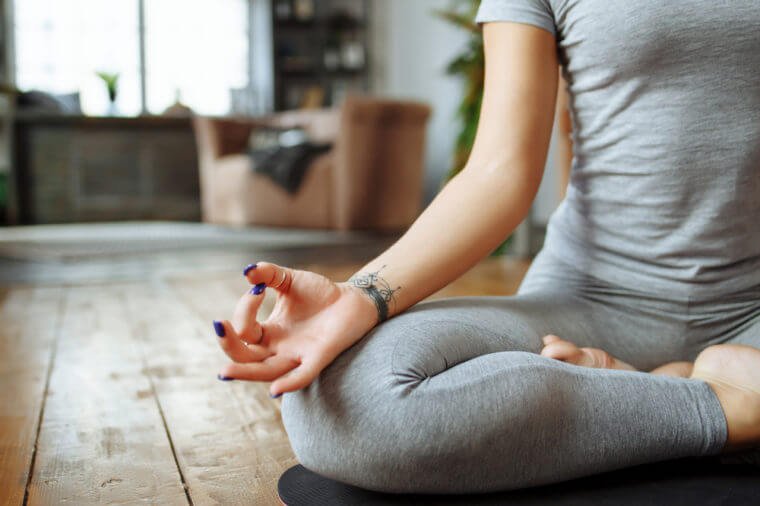
2) Create a relaxed and calm vision and release your eyelids.
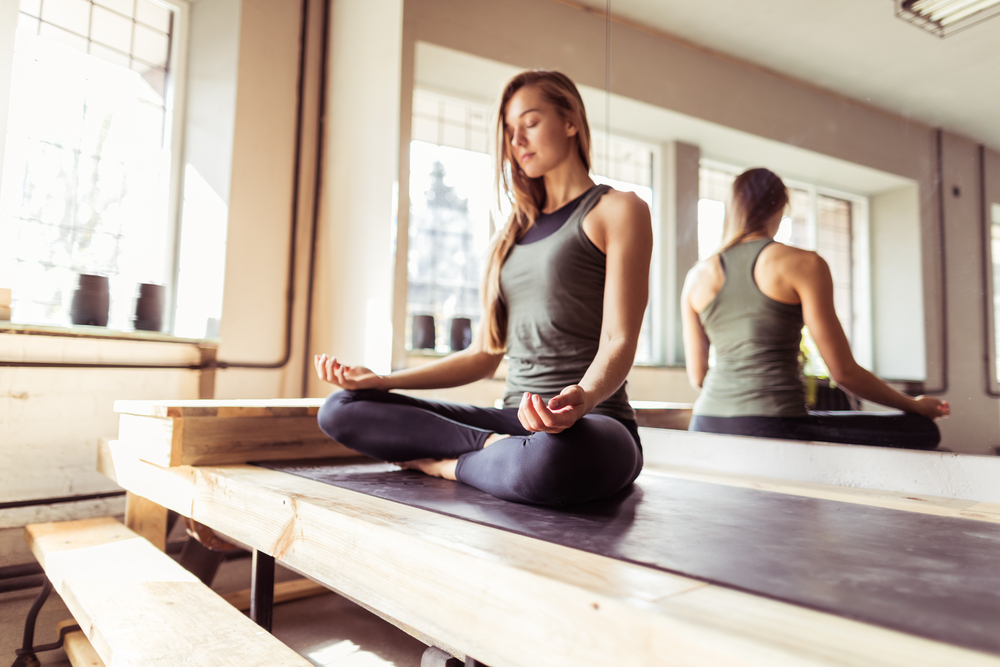
3) Take a deep breath in through your nose and out through your mouth.

4) Calmly close your eyelids as you inhale and continue to breathe normally. Enjoy being in the moment and being alive. Continue this for 60 seconds.
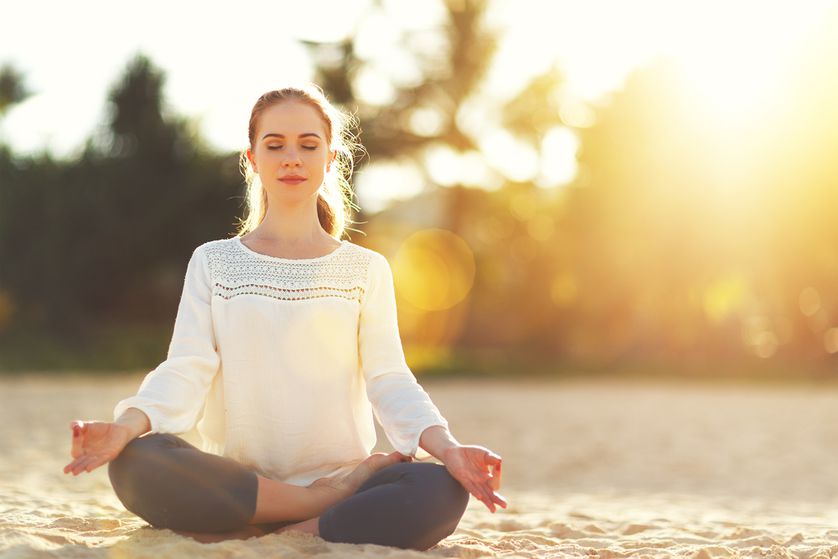
5) Then, as you breathe in and out, imagine your body rising and falling peacefully at the same time.

6) As soon as you feel your brain drifting away from a sound, vibration, thought, or similar emotion, slowly bring the focus back to your breath.

7) Slowly bring your full attention back to your body and the area around you. Then open your eyes gently.
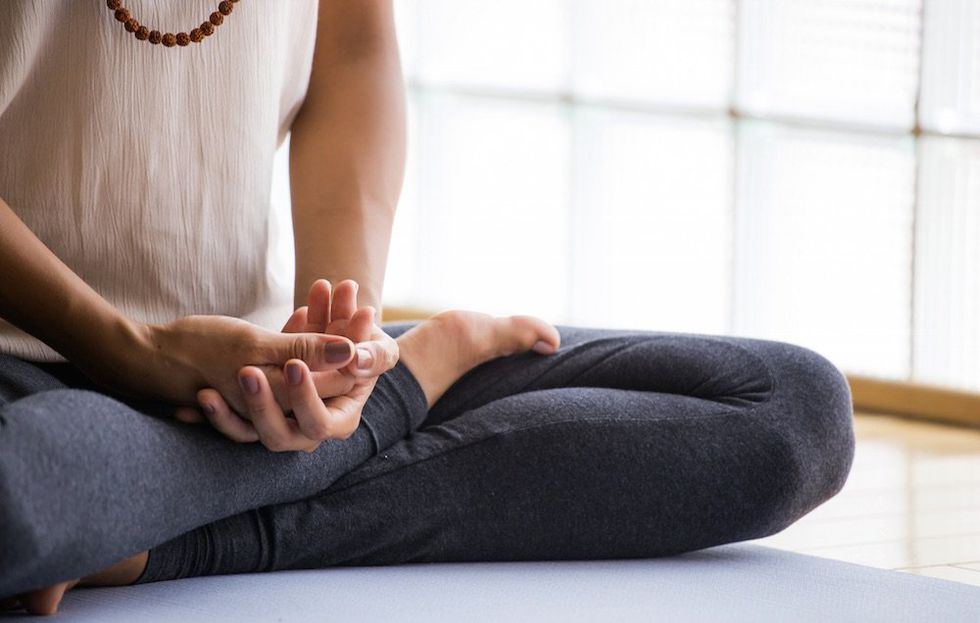
After all that, take a little more time to reflect on how you’re feeling and to better understand your mind.
Are things like music, candles, scents necessary during meditation?
This is entirely up to your preference. You can design this environment in the same way as the area where you meditate makes you feel more peaceful.
meditation for beginners
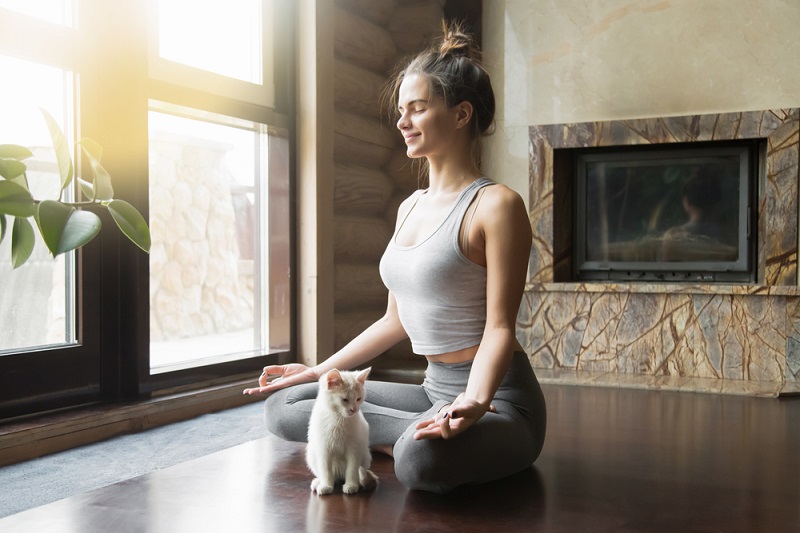
Meditation for beginners is a topic that needs to be well understood. When we say what is meditation, it is possible to make many different definitions. Meditation, especially for beginners, can be defined as gaining a healthy perspective on yourself. In meditation, it is aimed to better understand these thoughts and feelings by observing them without shutting down your thoughts or feelings. Meditation is not about making you a completely different person or a better person than you are.
Imagine a cheetah running at maximum speed using all of its potential energy. When the cheetah runs out of energy, it suddenly stops, becomes panting, and begins to feel pain in its muscles. He is exhausted and knows that he will not be able to show the same performance again without some rest.
When we are under constant stress, we can assume that our minds are in a similar state to the cheetah example above. Thanks to meditation, we can get rid of this effect completely and we can spend more comfortable days mentally.
Why is meditation important for our brain and body?

“How to meditate?” Before asking the question, it is necessary to know how valuable meditation is for us and our lives. While meditating, our mind regains the lost energy. Thus, your brain will become rested, peaceful and able to make healthier decisions than before.
While doing sports, we strengthen our body and make it healthier. Therefore, our brain feels the same need. Meditation creates the same affirmation for your brain. The organ called the brain gradually shrinks and loses its vigor after the age of 30, but meditation can prevent this to a large extent and we can keep your brain in shape.
In the hustle and bustle of daily life, we are not aware of the signals our body gives us. A constantly stressed mood, heaviness in the body, the feeling of uncontrollable boredom are the main ones. As you ignore these messages, problems such as chronic fatigue, blood pressure and anxiety may appear.
What are meditation techniques?
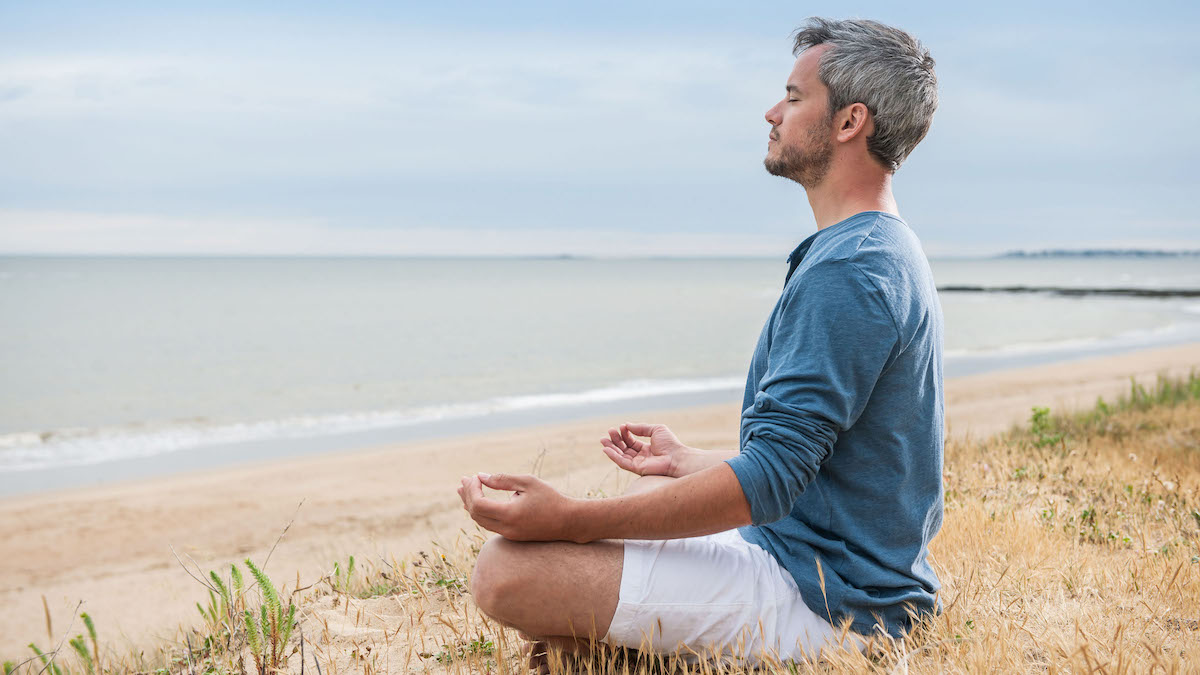
When we say how to meditate, postures, techniques and types come to mind. We mentioned that there is no one right way to meditate for everyone. It is important to use the trial and error method until you find the meditation technique that suits you. Meditation movements, meditation techniques do not end with counting.
In all types of meditation there are several sub-genres that are open to exploration and practice. Meditation instructors may have different ideas about how often a person should meditate. It’s helpful to mix genres or test different meditation approaches until you find the meditation technique that’s right for you.
1) Mindfulness Meditation
Mindfulness meditation is a meditation technique that tries to make the meditator aware of and present in the moment.
With mindfulness meditation, one can become aware of one’s surroundings instead of focusing on the past or fearing the future. The best thing about mindfulness meditation is that it can be done almost anywhere.
Here’s how research gathers what mindfulness meditation provides:
• Reducing attachment to negative emotions
• Developing focus
• Improve memory
• Reducing impulsive, emotional reactions
• Developing focus
• Improve memory
• Reducing impulsive, emotional reactions
Some evidence suggests that mindfulness can improve health. A study of African-American men with chronic kidney disease showed that mindfulness meditation benefits blood pressure reduction.
2) Mette Meditation
The Mette Meditation, also known as the Loving Kindness Meditation, aims to develop an attitude of love and kindness even to one’s stressors, enemies, “problems”. In the practice that starts with the breath, they fill the person with kindness and kindness. They then send these accepted feelings to the world, to people, to their loved ones.
This type of meditation encourages feelings of compassion both for the meditator himself and for those to whom he sends these feelings. The Loving Kindness Meditation helps increase positive emotions. It is a useful meditation for dealing with depression, anxiety and post-traumatic stress disorder.
3) Body Scan or Progressive (Advanced) Relaxation
This meditation technique encourages the meditator to scan their body to find areas of tension and unwind. The goal when using this meditation technique is to notice the tension in the body and release that tension.
During Progressive Relaxation, the work started from one point of the body continues until it spreads throughout the body. Meditation instructors also state that when using this technique, imagining a wave drifting over the body will help this practice. This meditation technique helps to reduce chronic pain and is also effective in creating regular sleep as it puts the body in a state of relaxation.
4) Breath Meditation
As the name suggests, Breath Meditation is a meditation technique created for the practitioner’s mindful breathing. In the practice, which is done by counting the breath and focusing on the breath, only breathing is sending the thoughts that enter the mind as they come. Breath Meditation, which has benefits such as reducing the level of anxiety, improving concentration and providing emotional awareness, is one of the most applied meditation techniques.
5) Kundalini Yoga
Breath meditation is enriched with mantras while practicing the Kundalini Yoga technique. Practitioners experience this technique, which also requires being physically active, as a group work, accompanied by an instructor. Kundalini yoga can gain strength, reduce body pain, and have positive effects on anxiety and depression.
6) Zen Meditation
Zen Meditation, a branch of Buddhist practice, is also known as Zazen. The purpose of Zen meditation is to find a comfortable position, to be aware of your breathing and to observe the thoughts that come to your mind without criticism. Similar to mindfulness meditation, Zen meditation requires more discipline and practice. It is an ideal type of meditation for those who want to relax but still seek a spiritual path.
Related Content: The Zen Rule of Happiness: Change Just One Thing
7) Transcendental Meditation
The purpose of Transcendental meditation, which is a spiritual meditation technique, is to go out of the practitioner’s body, to rise. During practice, practitioners can use a mantra. It is possible for this mantra to be determined by an instructor within certain rules, and the choice of mantra can be left entirely to the practitioner. With this meditation technique, practitioners can gain spiritual experiences and gain higher awareness.
Related Content: What Are The Most Basic Yoga Moves?





